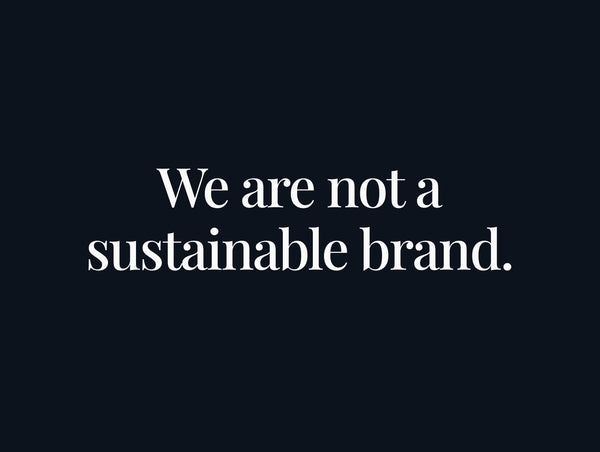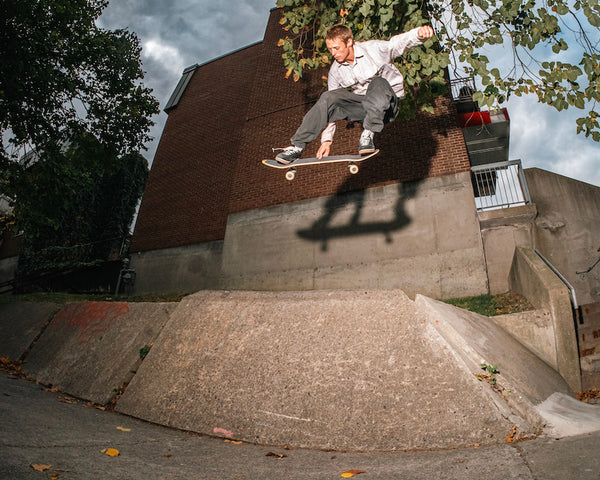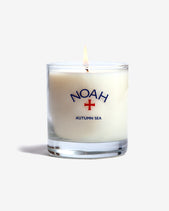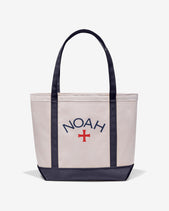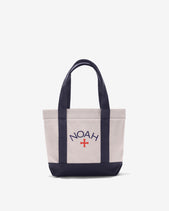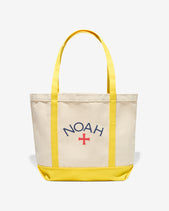
New York City’s waters once contained half the world’s oyster population—that’s over 350 square miles of oyster reefs. Not only are oysters a delicacy and foodie favorite, but a single oyster has the power to filter 30 to 50 gallons of water every day, trapping harmful pollutants and chemicals. Their rapid decline over the last century, thanks to overfishing and, not surprisingly, man-made pollution, has wreaked havoc on the cleanliness and biodiversity of our waterways, which is why the Billion Oyster Project is on a mission to restore our oyster reefs to their former glory with the goal of adding a billion oysters to the water by 2035.

BOP was founded in 2014 by Murray Fisher and Pete Malinowski who met at Urban Assembly New York Harbor School, a marine-focused public high school on Governors Island, which Murray created and where Pete taught. Both Murray and Pete envisioned a healthy, biodiverse New York Harbor—but they believed that restoration without education is only temporary. Because of this shared vision, BOP engages with Harbor School students and young people in New York City to solve this environmental problem in our backyard.

If you’re not a student, there are plenty of ways to get involved. Just be prepared to get your hands dirty. You can become a volunteer on picturesque Governors Island by building cages, cleaning recycled shell for seeding, and sorting and counting baby oysters, alongside BOP staff. Educators can use BOP’s STEM curriculum—designed through the lens of oyster restoration—in their classrooms, or sign up to become a BOP school. BOP also welcomes community scientists to adopt an Oyster Research Station (ORS) to help collect crucial data across New York Harbor.
Oysters spend the first two to three weeks of their lives as free-swimming larvae. If they don’t find a hard surface to inhabit (and this is where your reclaimed shells come into action), they fall into the mud and die.

And don’t worry, restaurants and everyday oyster eaters needn’t feel guilty about their consumption—BOP recycles discarded shells and uses them as substrate for oyster reefs. Fun fact: oysters spend the first two to three weeks of their lives as free-swimming larvae. If they don’t find a hard surface to inhabit (and this is where your reclaimed shells come into action), they fall into the mud and die. If you become a BOP member, you’ll receive complimentary oysters at partner restaurants and rest easy knowing that your shells aren’t being shipped to landfills. But, most importantly, you’ll be supporting the revival of the incredible natural resource that surrounds us.


Today, BOP boasts a 30-member strong crew composed of educators, scientists, urban ecologists, oyster growers, restaurant specialists, an engineer, fundraising experts, and more. The organization’s latest project, the Soundview Oyster Habitat Restoration Project, will be their largest oyster reef to date, creating five acres of habitat near the mouth of the Bronx River—with 500,000 pounds of shell and 25 million live oysters. However, these ambitious and exciting initiatives don’t come without their challenges—the unsuitability of New York Harbor as a place to grow oysters for consumption makes the permitting process across New York City stricter than in cleaner water bodies. Still, for a city whose waterways have been referred to as a “sewer,” BOP has made a future in which New York Harbor is the center of a rich, diverse, and abundant estuary seem possible. If the recent—and seemingly miraculous—spike in whale sightings is any indication of the remarkable work that BOP is doing, we have every reason to remain hopeful.





